Synthetic biology, quantum computing, robotics, AI, blockchain, 3D printing, and more, will be part of our lives in a few short years. Those changes will not just transform our productivity. They will completely remodel our society and the way we live.
When it comes to social change, it’s not so much what people’s ideologies are, or what people believe. Looking back on history, the big political and social changes happen when technology changes. And the most interesting thing is that nobody sees it coming.
Some experts are predicting mass - unemployment by year 2025. According to Elon Musk, “it will be very disruptive and very quick.” Amazon is launching stores with no employees. Warehouses are rolling out fleets of small robots to replace significant numbers of human workers. That’s 8 million people in the US alone.










